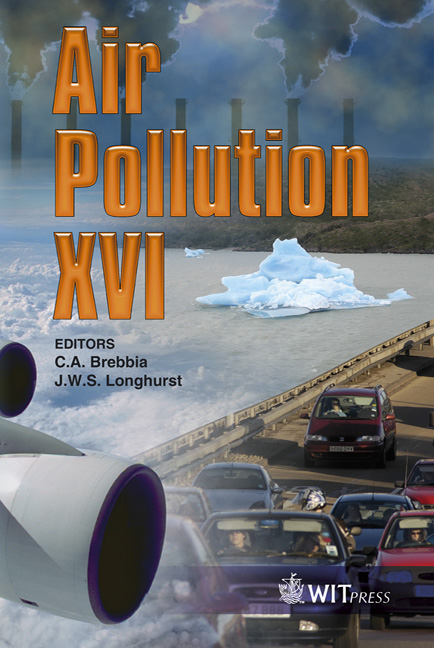Genotoxic And Oxidative Damage Related To PM2.5 Chemical Fraction
Price
Free (open access)
Transaction
Volume
116
Pages
8
Page Range
543 - 550
Published
2008
Size
345 kb
Paper DOI
10.2495/AIR080551
Copyright
WIT Press
Author(s)
Sa. Bonetta, V. Gianotti, D. Scozia, Si. Bonetta, E. Carraro, F. Gosetti, M. Oddone & M. C. Gennaro
Abstract
Many studies have pointed out a correlation between airborne PM quantitative exposure and health effects. The aim of this research is the investigation of the role of the PM2.5 chemical fraction in the DNA damage induction in human cells (A549). Air samples (PM2.5) were collected in different sites (urban, industrial and highway) using a high–volume sampler. Organic and water-soluble extracts of PM2.5 were tested on A549 cells to evaluate genotoxic and oxidative damage using the Comet assay without and with formamido-pyrimidine-glycosylase (Fpg). Organic and water extracts were analysed for determination of PAHs by GC-MS methods and metals by the ICP-MS technique respectively. The PM2.5 organic extract of all the samples caused a significant dose-dependent increase of the A549 DNA damage. The genotoxic effect was related to IPA PM2.5 content and the highest effect was observed for the motorway site sample (65.03 CL/10m3) while the oxidative damage was observed in PM2.5 water extract of the industrial and motorway sites. The extent of the oxidative damage seems to be related to the type and concentration of metals present in these samples. The results of this study emphasize the importance of evaluating the PM chemical composition for the biological effect determination. This concern highlights the need for considering its qualitative composition in addition to its size and air concentration for PM health effect evaluation and exposure management. Keywords: PM, genotoxicity, oxidative damage, Comet assay, PAH, metals.
Keywords
PM, genotoxicity, oxidative damage, Comet assay, PAH, metals.





